The Choquequirao trek is a truly spectacular hike that plunges down into the Apurimac canyon and then up again to the fascinating ruins of Choquequirao. While this is a tough trek, you are rewarded with spectacular views the whole way. The ruins of Choquequirao, perched on a ledge high above the Apurimac are not as extensive as Machu Picchu, but probably more fascinating and much more remote. This is a very unique trail in the high Andes,
Daily Summary:
Day 1: Cusco- Cachora – Chiccisqa – Santa Rosa
Day 2: Santa Rosa – Choquequirao Ruins
Day 3: Choquequirao Ruins
Day 4: Choquequirao ruins – Santa Rosa
Day 5: Santa Rosa – Cachora – Cusco
Itinerary Notes – Choquequirao In Depth Trek
The times cited in this itinerary are approximate. Walking times depend on the group and the guide can change lunch spots and campsites, depending on the pro-gress of the group. Each guide has their own preferred route and it might not correspond exactly to the route described here. Choquequirao is probably the toughest hike in the region. Please read our client reports to see what other people have thought, but nearly all of them find that its harder than they ex-pected. This trek shoud not be attempted by those who do not have some expe-rience in trekking, plus a solid level of fitness.
Cusco- Cachora – Chiccisqa - Santa Rosa
On the first day of the Choquequirao trek,depart Cusco at 5:30am in a private car for a 4 hour drive to the charming village of Cachora, situated on the edge of the Apurimac canyon and surrounded by impressive snowcapped peaks. We will stop in Cachora to purchase any last minute supplies before continuing by car to just before Capuliyoc (2915 metres/ 9561 feet) from where we have our first beautiful views of the Apurimac valley stretching below as well as the snow-capped peaks of Padrayoc and Wayna Cachora.
We will meet our arrieros (muleteers) here and walk for a further 15 minutes to have our boxed lunch here at the Capuliyoc mirador. From here, we descend steeply into the Apurimac Canyon, taking in the spectacular views as we descend for 3.5 to 4 hours to Chiccisqa (1836m / 602)
- 3ft), with breathtaking drops to our side. 1 hour after Chiccisqa we arrive at the roaring Apurimac River (1550 metres/ 5084 feet).
From the river, we begin to climb to the Santa Rosa Campsite, which is 2095m / 6873ft. This is a tough climb of 2 hours but makes the next day easier! As the campsite is further along than the most popular camp, it is often quiet and you can soak up the stars.
Accomodation: Camping at Santa Rosa 1950m – we will aim to be at our campsite by 6pm.
- Our total hiking time today is around 6 hours / 16 km
- Descending 1200m / 4 hours
- 2 hrs ascending – Rio Apurimac to Santa Rosa
Santa Rosa – Choquequirao Ruins
Departing early again today to get the best out of the day (around 6am) we continue upwards onto Maranpata where we will have a break. The climb from the Santa Rosa to Maranpata (3110 metres/ 10120 feet) takes about 3 hours and is a tough uphill stretch.
A little further on from our break site we will get our first view of the ruins of Choquequirao! From here we have 2 more hours hiking to the ruins. After the rigors of the past two days, this is a gentle undulating hike. We take our lunch at the Choquequirao campsite (3110 metres/ 10120 feet) nearest to the ruins, before we head to the Choquequirao ruins for the afternoon. Spending the afternoon exploring the ruins, we will watch the sunset and keep our fingers crossed for the chance to see condors.
Accommodation: Camping at Choquequirao campsite 3050m (10,000 ft)
- Total hiking time today to campsite is: around 4. 5 hours
- 13 km ascending 1600 m in altitude – Santa Rosa to Choquequirao
- Overnight: Camping
- Meals: Breakfast, Lunch, Dinner
Choquequirao Ruins
Today we have a full day around Choquequirao.
Only around 30% of the Inca remains of Choquequirao have been excavated. What can be seen today however, is most impressive and very much worth the challenging trek to get here. The stonework in Choquequirao is not as sophisticated as that found in Machu Picchu, because the stone found here is very difficult to carve, but the buildings are impressive and suggest a site of high status. Choquequirao evokes a sense of awe simply because of the sites’ surrounding beauty and isolation and condors can be seen frequently soaring the skies.
- Overnight: Camping at Choquequirao.
- Meals: Breakfast, Lunch, Dinner
Choquequirao ruins - Santa Rosa
We have a chance to more fully explore the ruins and have a little rest in the morning. In the afternoon we return along the edge of the Apurimac canyon, descending to our tropical campsite at Santa Rosa. (5 hours hiking) Accommodation: Camping at Santa Rosa (2095m / 6873ft) Depending on the progress of the group, the guide may elect to camp at Chiccisqa (1836m / 6023ft).
- Overnight: Camping at Choquequirao.
- Meals: Breakfast, Lunch, Dinner
Santa Rosa - Cachora - Cusco
Early in the morning, in order to escape the heat of the canyon of the Apurimac, we descend to the raging river, and then begin an arduous climb that is rewarded with spectacular views. We climb for about four hours, and have lunch in Capuliyoc (2915 metres/ 9561 feet). The final two hours of our hike into the village of Cachora refreshingly flat through pretty farming countryside. Our private car will be waiting to take us back to Cusco (4 hours drive). We will arrive in Cusco between 7and 8pm.
**Optional extra (no extra cost, but must be booked at the time of booking or at the latest during your briefing) About 3 hours from Cusco we will take a small detour to the hot springs of Conoq. a little known hot spring popular with local people. You can take a soak there before getting back in the private van for the rest of the drive back to Cusco.
- Overnight: Camping at Choquequirao.
- Meals: Breakfast, Lunch, Dinner
WHat is included?
- Pre trek briefing
- Collection from your hotel in the morning of trek departure.
- Transport from Cusco to the trailhead at the beginning of the trek in private car
- English/Quechua/Spanish speaking professional guide (you will have an assistant guide for
- groups over 6 people).
- Tents – 2 people in a 4 person tent which allows for greater comfort, and also storage of backpacks.
- inflatable mattress (eg. Thermarest)
- Cook and Cooking equipment (Assistants are provided for larger groups)
- Toilet tent
- Meals as indicated in the itinerary (optional vegetarian food). Our professional cooks prepare meals that incorporate elements of the western diet and also traditional Peruvian delicacies. (Please communicate with your guide/cook during the trek if you have a preference for certain types of dishes). Salads, if served, are washed in boiled water.
- Horses (for equipment and personal items) including horsemen. They carry camping equipment, food and kitchen utensils. We provide duffel bags at your briefing for your personal items and sleeping bag (up to 7 kg/15lbs per person).
- 1 emergency horse which can be ridden if you are feeling ill or if are a little slower
- Dining tent with camp tables and chairs & Kitchen tent for the cook to prepare meals
- Tents for our staff to sleep in
- First aid kit including emergency oxygen bottle
- Private transport from Cachora to Cusco
- Lunch on the last day is included in this itinerary.
- What is not included?
- Breakfast on the first morning.
- Dinner on the last night.
- Sleeping bags – If you haven’t got a sleeping bag or you don’t want the hassle of bringing one all the way to Peru with you, then we have sleeping bags for hire.
- Tips for the guide, cook and porters
- Additional horses for passengers luggage.
You should bring:
- A light day pack with a change of clothes for the whole period of the trek – prepare for a vast range of changes in temperature
- Rain gear (jacket and pants if available) or rain poncho. Plastic ponchos can be bought for about $1 in Cusco .
- Strong footwear, waterproof trekking boots recommended. Extra socks are a must.
- Sandals or plastic slip on thongs are also good to give your feet a chance to breathing the evenings if you wish to carry them.
- Warm clothes, including jacket, fleeces, gloves, scarf and beanie/touk. Thermal clothing isalso recommended, especially for sleeping.
- It gets hot in the Apurimac canyon, you should also be prepared for hot conditions on this trek.
- Sleeping bag (we can hire these to you)
- Torch/ Flashlight and spare batteries
- Camera, films and batteries (batteries consume more quickly under cold conditions)
- Hat or cap to protect you from the sun, rain and cold
- Sun block
- After-sun cream or hydrating cream for face and body
- Insect repellent – minimum recommended 20% DEET – although no malaria risk has been reported
- Toilet paper, pack in & pack out
- Snacks: biscuits, energy bars, chocolate, raw fruits, muesli, etc.
- Non-disposable canteen (Nalgene type) and water for the first morning.
- We advise you to bring water sterilizing tablets in case you collect water from streams.
- Your own medical kit with any special medications that you might require, paracetamol, second skin for blisters etc.
- Small towel or sarong
- Bathers/swimsuit (if you intend on swimming in hot springs )
- Cash – sufficient for tips and souvenirs, or any drinks or snacks you might want to buy along the way.
- Original passport & ISIC (International Student Identity Card) if you have one.
- Walking sticks or poles (we can hire these to you. Please note poles with metal tips cannot be carried into Machu Picchu and should be left at your hotel on the final day)
- Binoculars (if you have them)
- Thermarest Inflatable pillow
- Comforting Camping trek upgrade – bigger tents, camp beds, includes sleeping bag, thermarest, and walking stick.
- Single tent supplement (ie you don’t want to share a tent) $25.00 per person
- Optional extras
- We can Hire the following to you Extra mule to carry YOUR things
- Extra riding mule and muleteer to lead it
- Sleeping Bag suitable for – 10deg
- Deluxe Sleeping Bag suitable for -15deg.
- Walking stick lightweight aluminum – Two sticks are recommended for tough hikes.

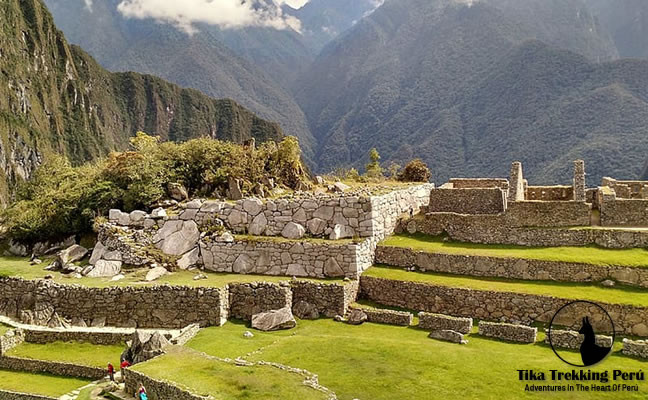
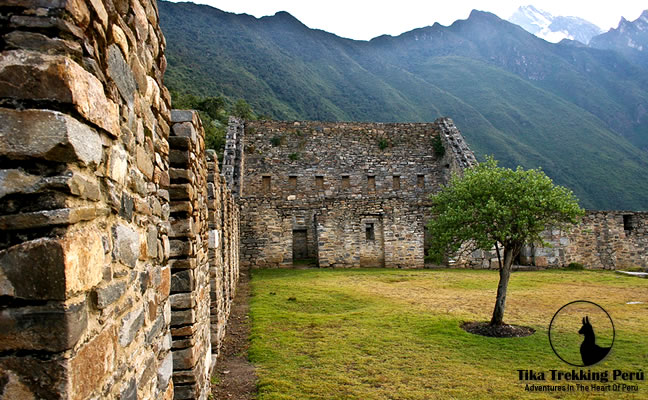
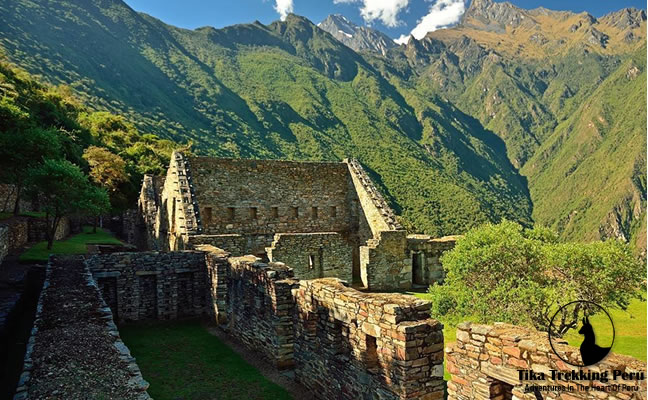
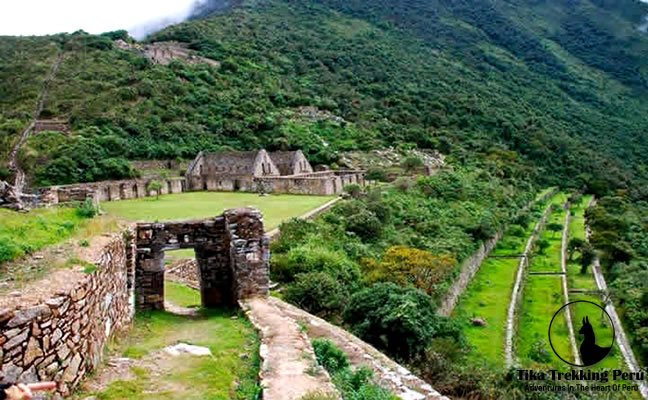
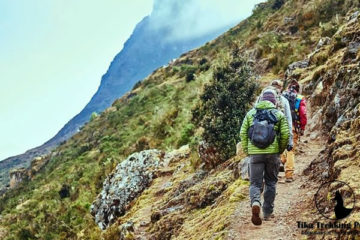
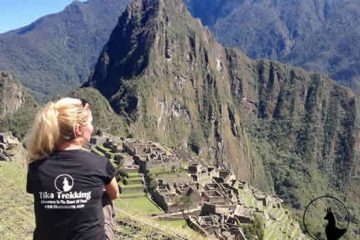
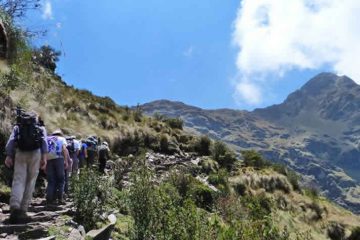
Tour Reviews
There are no reviews yet.
Leave a Review